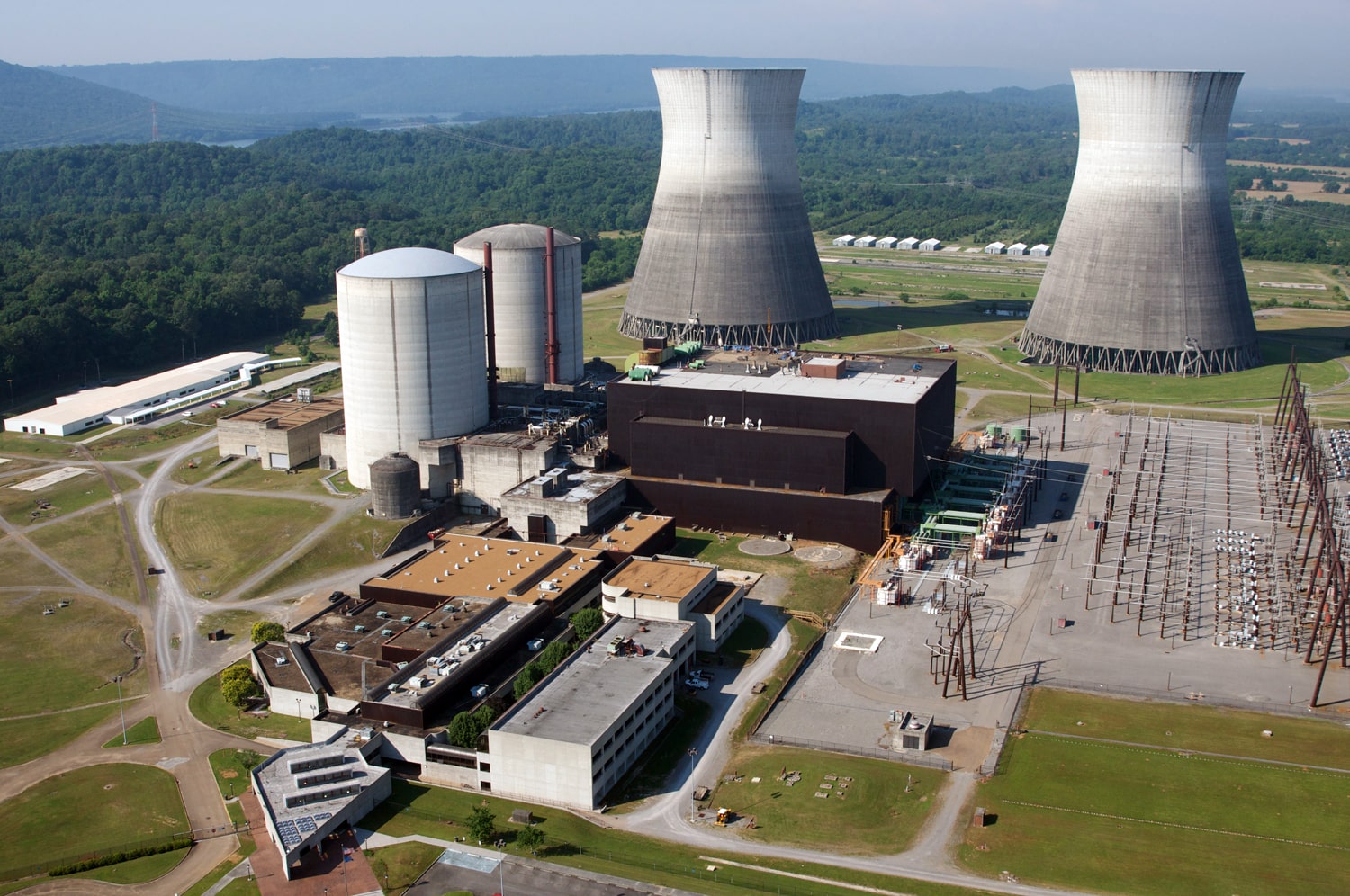Nuclear power plants are facilities that use nuclear reactions to generate electricity. While they provide a reliable source of energy, nuclear power plants also carry risks that require strict safety measures. In this blog, we will explore the benefits and risks of nuclear power plants, as well as the safety measures in place to protect public health and the environment.
Benefits of Nuclear Power Plants
Nuclear power plants offer several benefits that make them an attractive source of energy:
- Reliable and Continuous Energy: Nuclear power plants can generate electricity around the clock, providing a reliable and continuous source of energy.
- Low Cost: Nuclear power plants have low operating costs once they are built, making them an economical source of energy.
- Low Emissions: Nuclear power plants produce low emissions of greenhouse gases and air pollutants compared to fossil fuel power plants.
- High Energy Output: Nuclear power plants can generate a large amount of energy from a relatively small amount of fuel, making them a highly efficient source of energy.
Risks of Nuclear Power Plants
While nuclear power plants offer several benefits, they also carry significant risks that require strict safety measures:
- Accidents and Incidents: Nuclear power plants can experience accidents and incidents, such as the Chernobyl and Fukushima disasters, which can have serious consequences for human health and the environment.
- Radiation Exposure: Nuclear power plants can expose workers and the public to ionizing radiation, which can have harmful health effects.
- Nuclear Waste: Nuclear power plants produce radioactive waste that requires careful handling and disposal to prevent contamination and pollution.
- Nuclear Proliferation: The use of nuclear technology in power plants can also contribute to nuclear proliferation, increasing the risk of nuclear weapons proliferation and terrorism.
Safety Measures in Nuclear Power Plants
To mitigate the risks associated with nuclear power plants, various safety measures are in place, including:
- Strict Regulations and Standards: Nuclear power plants are subject to strict regulations and standards to ensure safe and responsible practices.
- Design and Construction Standards: Nuclear power plants are designed and constructed to withstand natural disasters, such as earthquakes and floods, and prevent accidents and incidents.
- Emergency Response Plans: Nuclear power plants have emergency response plans in place to respond to accidents and incidents and protect public health and the environment.
- Radiation Protection: Nuclear power plants use radiation protection measures, such as protective clothing and equipment, to minimize radiation exposure to workers and the public.
Conclusion
Nuclear power plants offer several benefits, such as reliable and continuous energy, low emissions, and high energy output. However, they also carry significant risks that require strict safety measures, including accidents and incidents, radiation exposure, nuclear waste, and nuclear proliferation. By implementing strict regulations and standards, design and construction standards, emergency response plans, and radiation protection measures, nuclear power plants can provide a safe and reliable source of energy while protecting public health and the environment.

